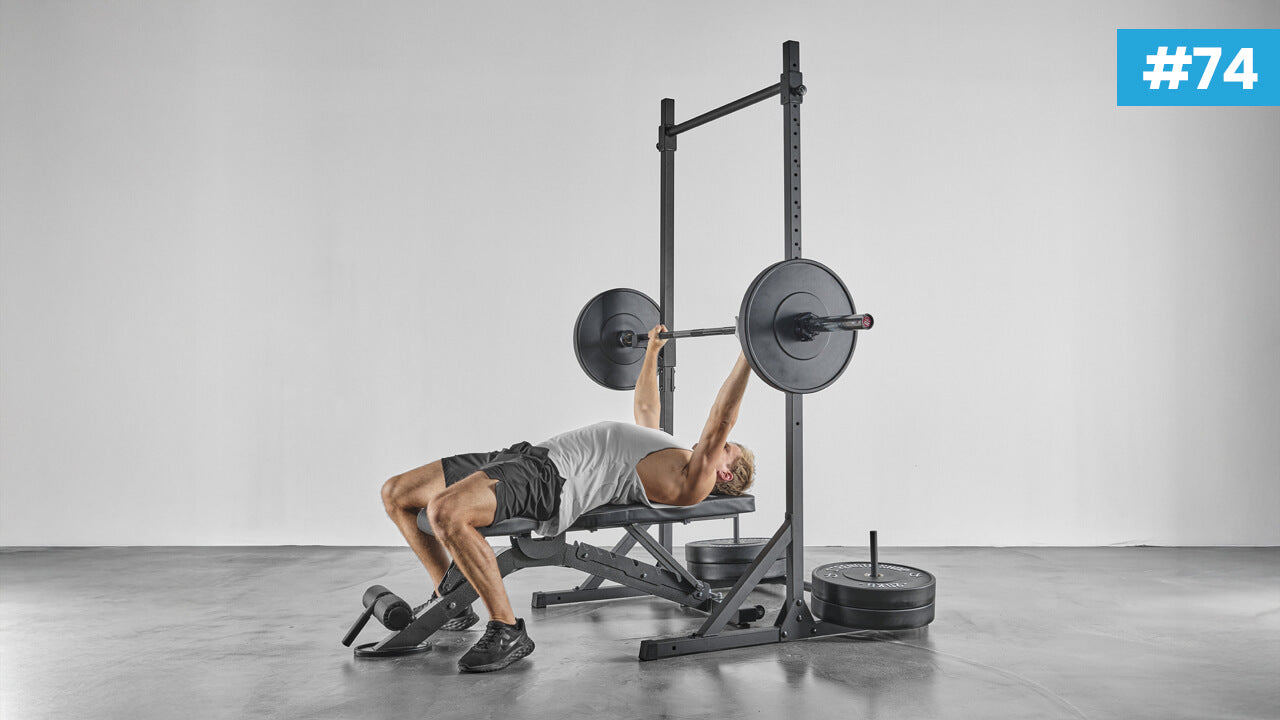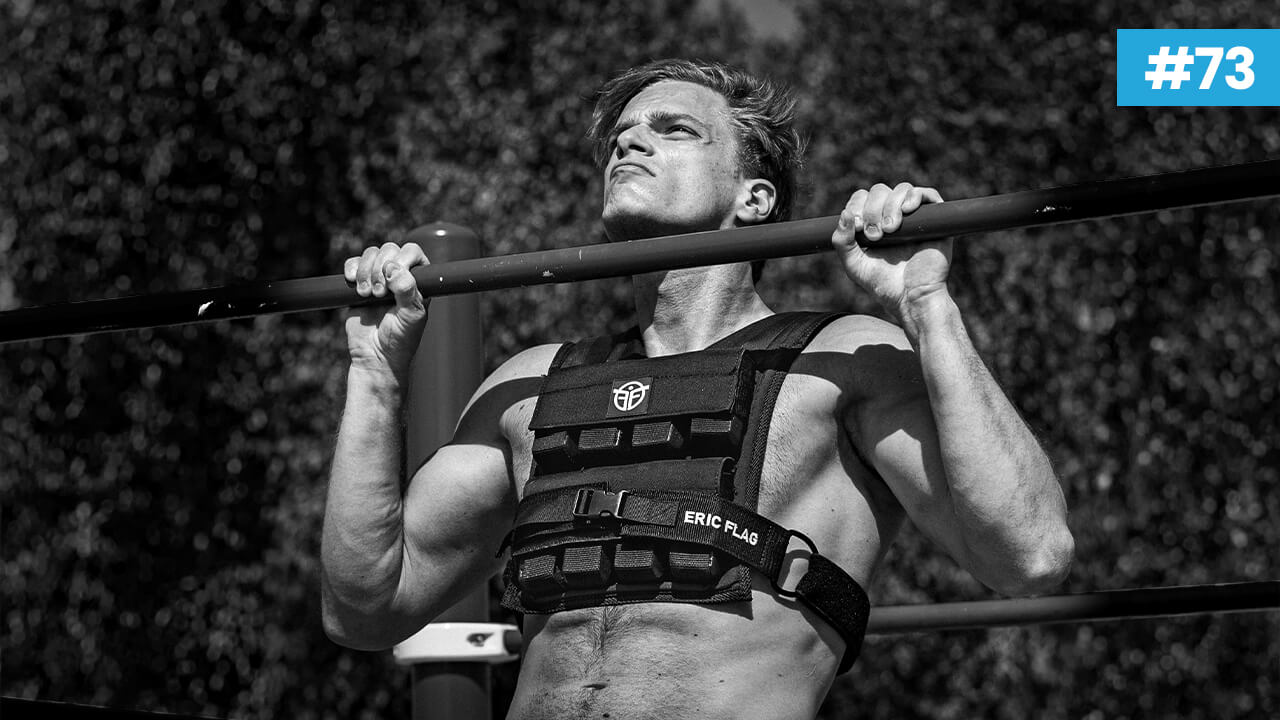Back exercises to do at home!
Looking for the best back exercises to do at home?
You're absolutely right, because the back is a crucial part of our body that needs to be strengthened and muscled 💪
A strong, well-sculpted back will not only help you prevent back pain, but also improve your posture, refine your figure and optimize your self-confidence.
Correct posture will help you avoid a hunched back, protect your stabilizing muscles and strengthen your intervertebral discs and spine.
In this article, we'll explain why it's essential to work this muscle at home, present the 3 best back exercises to tone it and guide you on how to integrate them effectively into your daily routine with adapted series.
Let's go! 🔥
The best exercises for building back muscles at home
To strengthen your back at home, all you need is some sports equipment.
Here are 3 exercises we recommend to strengthen and tone your back muscles, along with tips on how to perform them to best effect.
Exercise 1: Pronation pull up
It is excellent for developing upper body strength, improving posture and strengthening back muscles, contributing to a balanced, powerful and well-muscled physique.
To make it, follow these steps:
-
Starting position: Hang from a pull-up bar with a pronated grip (palms facing forward), hands spread slightly wider than shoulder-width apart.
-
Engage your core : Contract your abdominals and glutes to stabilize your body and avoid swaying.
-
Traction : Pull your body upwards, bending your elbows and keeping them close to your body. Continue pulling until your chin is above the bar.
-
Control : Slowly return to the starting position with a controlled movement, avoiding releasing your shoulders completely at the bottom of the movement.
- Breathing : Inhale on the way down and exhale on the way up.
Repeat these movements for the desired number of repetitions and maintain correct technique to maximize exercise efficiency and prevent injury.
Tip: If you're a beginner, use a body-building elastic band to take some of the weight off your body and make the exercise easier.
Exercise 2: Australian pull up
This exercise mainly targets the back muscles, notably the trapezius, rhomboid and dorsal muscles, as well as the arms, especially the forearms.
It is excellent for strengthening the upper body, improving posture and developing functional strength, while being less demanding than conventional pull-ups, making it accessible to all fitness levels.
To make it, follow these steps:
-
Starting position: Place a barbell at waist height or use a suspension device such as rings. Lie on the floor, with your heels on the ground or on a support. Grasp the bar with a pronated (palms down) or supinated (palms up) grip, hands shoulder-width apart.
-
Engages the trunk Contracte tes abs and keeps the body upright, forming a straight line from shoulders ankles.
-
Traction : Pull your chest towards the bar by bending your elbows, keeping your elbows close to your body. Continue pulling until your chest touches or is very close to the bar.
-
Control : Slowly return to the starting position with a controlled movement, keeping the body straight and avoiding a complete release of the shoulders at the bottom of the movement.
- Breathing : Inhale on the way down and exhale on the way up.
Repeat these movements for the desired number of repetitions and maintain correct technique to maximize exercise efficiency and prevent injury.
Exercise 3: Rowing
This exercise primarily targets the back muscles, notably the dorsi, rhomboids and trapezius, as well as the biceps and shoulders.
It's excellent for building strength, trimming back muscles, improving shoulder stability and strengthening arm and trunk muscles.
To make it, follow these steps:
-
Starting position: Place one hand on a bench to stabilize your body.
-
Engage the core : Contract your abs to keep your back straight and parallel to the floor.
-
Pull: Pull a dumbbell/kettlebell towards your hip, bending your elbow and bringing your shoulder blade towards your spine. Concentrate on the contraction of your back muscles.
-
Control: Slowly lower the weight back to the starting position with a controlled movement, keeping the back straight and avoiding a complete release of the shoulder at the bottom of the movement.
- Breathing: Inhale as you lower the dumbbell and exhale as you pull it up.
Practical tips for incorporating these home back exercises into your routine
Now you know the key exercises for strengthening your back at home. But how can you incorporate them effectively into your daily routine? Here are some practical tips to make exercise a lasting and profitable habit.
Add some sheathing exercises
Sheathing is an excellent approach to strengthening stabilizing back muscles, improving balance and preventing pain. Try positions like plank and side plank to deeply engage core and back muscles.
Frequency and duration of sessions
For visible, long-term results, back exercises should be performed at least twice a week, alternating with other activities to engage the whole body.
The length of each session varies according to your goals and level, but it's recommended not to exceed 60 minutes per session to avoid exhaustion and routine.
Warm-up and cool-down: the keys to success
To practice back exercises safely and maximize their benefits, it's important not to neglectwarm-up and cool-down. Warming up prepares the body and mind for exercise, raising body temperature, heart rate and blood circulation, while preventing injury by loosening muscles and joints.
We recommend warming up for at least 10 minutes before each session, using gentle, progressive movements. Recuperation promotes muscle regeneration, reduces pain and inflammation , and improves future performance.
Why strengthen your back at home?

Strengthening your back at home offers multiple benefits for your well-being and health. The back, a crucial component of our body, requires regular training and strengthening to build and keep back muscles in shape.
We highly recommend our pull-up bar to exercise on. It can be adjusted from 105 to 210 cm and is extremely sturdy, ideal for doing pull-ups and effectively strengthening your back muscles.
Here is a complete review of our equipment by Street Workout experts:
Credit: Calisthenics Worldwide
Pain and injury prevention
Back pain affects around 80% of French people at least once in their lives, and is often the result of bad habits such as lack of physical activity, stress, a sedentary lifestyle or poor posture.
Doing back exercises at home helps prevent and relieve back pain by strengthening the muscles that support the spine and improving back mobility and flexibility.
This practice also helps prevent potentially serious injuries such as herniated discs, sciatica or lower back pain, which may require medical or surgical treatment.
Conclusion
Now you know the most effective back exercises for building muscle at home, and how to incorporate them into your daily routine.
It's time to take action and start looking after your back today. The benefits of these exercises for your health, posture and figure will quickly become apparent.
Don't delay - turn your back into your greatest asset!
Eric Flag.








1 comment
Excellent advice, on how to position yourself, the risks and...
This is the basis for good progress.
Rom
Leave a comment
This site is protected by hCaptcha, and hCaptcha's Privacy Policy and Terms of Service apply.